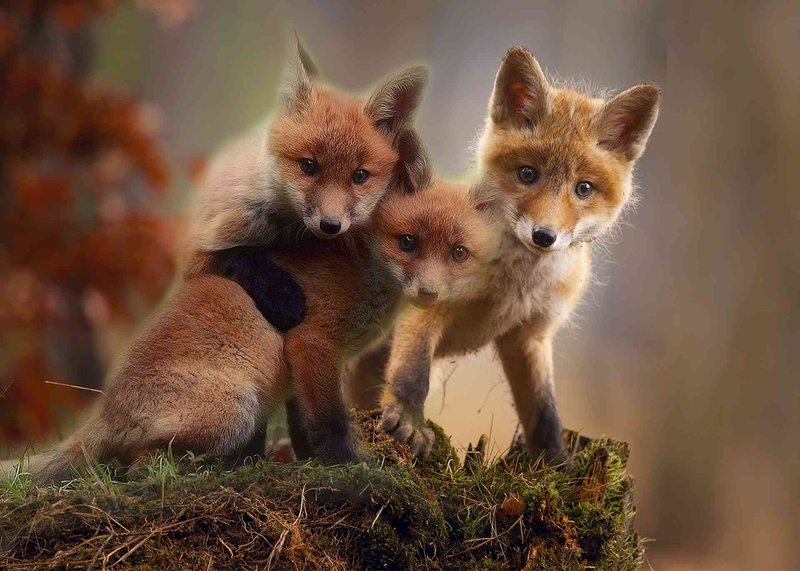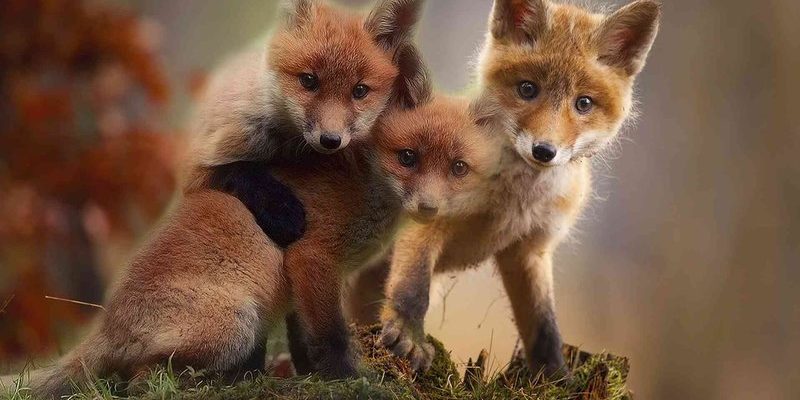
Imagine you have to navigate a tricky obstacle course, but you’re not just trying to get through it; you need to find food and a safe place to rest. Red foxes do exactly that, using clever strategies and unique traits. From adjusting their diet to changing their behaviors, they show us just how resourceful they can be. So, grab a cup of coffee as we unravel the secrets of fox survival!
Adaptability: The Key to Survival
Red foxes are famous for their adaptability. This quality allows them to thrive in diverse habitats, from forests and grasslands to cities and deserts. You might be wondering, how do they manage to fit in everywhere? The secret lies in their ability to change their behaviors and eating habits based on what’s available.
For instance, in urban settings, red foxes might scavenge for food, rummaging through trash cans or hunting small rodents in parks. In rural areas, they primarily feast on rabbits, birds, and insects. Their flexible diet is a survival advantage, allowing them to exploit whatever food sources are at hand.
Moreover, red foxes are also skilled at utilizing their surroundings. They can adapt their hunting techniques, using their keen sense of hearing to locate prey beneath the snow or foliage. This ability to change and adapt is what helps them thrive, no matter the struggle.
Physical Traits for Harsh Climates
Red foxes sport some impressive physical traits that help them survive in extreme weather conditions. Their thick fur acts as insulation during freezing temperatures, much like wearing a warm coat. This is particularly important during harsh winters when they need to conserve body heat.
Additionally, their bushy tails serve multiple purposes. Not only do they help with balance when hunting or playing, but they also act as a blanket. When temperatures drop, red foxes can curl up with their tails wrapped around their bodies to keep warm. It’s like having a built-in sleeping bag!
In the summer, their fur sheds to allow them to stay cool under the heat of the sun. This impressive fur adaptability shows their ability to thrive in both hot and cold climates, highlighting their resilience as a species.
Smart Hunting Strategies
Hunting is an essential skill for red foxes, and they have developed some clever strategies to ensure their survival. Let’s imagine they’ve spotted a small rabbit in an open field. Instead of charging straight in, red foxes often employ a stealthy approach.
They might crouch low, using the tall grass as cover, and then slowly inch closer. Once they’re within striking distance, they unleash a quick leap to catch their prey. This pouncing technique is effective and helps them conserve energy while hunting.
Additionally, red foxes are known for their incredible hearing. They can hear prey moving beneath the snow or ground, allowing them to hunt even in winter conditions. This keen sense of hearing is like having built-in headphones that amplify the sounds of their environment, giving them an edge when searching for food.
Creating Safe Dens
Finding a safe place to rest is crucial for red foxes, especially in harsh environments. They are known to dig intricate dens in the ground, often in secluded areas that provide shelter from the elements. These dens serve as a safe haven for raising their young and escaping predators.
When choosing a location for their den, red foxes look for spots that are hidden and protected. They might dig their dens in areas with dense vegetation or rocky outcrops. This natural instinct keeps them safe and hidden from potential dangers. Imagine having your own cozy hideout where you can kick back and stay safe from the outside world.
Another interesting aspect of their dens is that they often have multiple entrances. This means that if a threat approaches, they have several escape routes. It’s like having a backup plan that keeps them one step ahead of danger.
Social Behavior and Communication
Red foxes are known to be social animals, especially during the breeding season. They typically form monogamous pairs, working together to raise their kits. This cooperative behavior allows them to hunt more effectively and care for their young. When hunting in pairs, they can strategize and round up prey more efficiently.
Another fascinating part of their social structure is their communication. Red foxes use a variety of vocalizations, including barks, howls, and screams, to communicate with each other. These sounds help them establish territory, attract mates, or warn others of danger. If you’ve ever heard a fox’s call, you know it can be both eerie and intriguing—it’s like they’re speaking a secret language that only they understand.
By maintaining social bonds and communicating effectively, red foxes enhance their chances of survival in the wild, proving that teamwork makes the dream work, even for animals.
Learning from Red Foxes
So, what can we learn from these resilient creatures? Red foxes remind us of the importance of adaptability in facing challenges. Whether it’s navigating tough terrains or finding food, their ability to change and adjust is something we can all aspire to.
In our own lives, we often face obstacles that require innovative thinking. Like the red fox, being flexible and resourceful can help us overcome difficulties. Embracing change and learning to adapt can lead to success, no matter the situation.
With their clever hunting strategies, physical traits, and social behaviors, red foxes truly are a fascinating study in survival. They embody the spirit of resilience, showing us that even in the harshest environments, life finds a way to flourish.
In conclusion, red foxes are remarkable animals that showcase nature’s ingenuity. Their survival skills, adaptability, and clever behaviors make them one of the most successful mammals in various habitats. So the next time you see a red fox, remember the incredible journey it undertook to thrive in its environment. Just like us, they’re doing their best to survive and flourish, no matter the odds.

